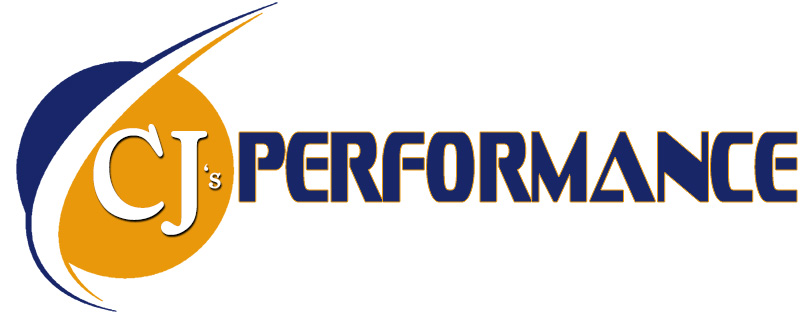04 Apr F-81 Barrel Connector Usage
Overview
Using barrel connectors improperly can lead to signal issues for the customer and potential repair events.
Why It’s Important
Correct usage of barrels in a DISH Video system ensures that signal is still high enough quality to allow customers to enjoy their programming. Barrel connectors introduce additional failure points and DBM loss into a system, and too many splices in the signal path could interrupt the signal.
What I Need to Know
Only High Frequency Barrels (designated by a blue insert) can be used in any system, regardless of placement or receiver types
- High Frequency Barrels can be identified by their industry standard blue center
Absolutely no barrels or splices should be used between the LNBF and the ground block/node/hub/switch.
It is always preferable to limit barrels in a system other than the wall plate.
Acceptable uses of barrel connectors:
- Other than at the wall plate, only one barrel per signal path can be used between the node/hub/ground block/switch and receiver
- If pre-existing cable is DISH approved and in good shape, a barrel can be used to connect to pre-existing cable
- If pre-existing cable is not DISH approved, it cannot be used
- If signal or DBMs are failing because of the barrel, it cannot be used
- Barrel connections that are located outside must always be placed horizontally with drip loops, and both connectors on the barrel must be torqued to 30 inch-pounds
- In wall plates, replace any pre-existing non-approved barrels, including low frequency barrels
- Best practice is to re-use the customer’s pre-existing wall plate cover to ensure an aesthetic appearance
- Create pigtail backfeed remote antennas to extend range
- Replace the barrel connector on the Super Buddy Satellite Meter
- If a keystone jack barrel cannot be replaced, a barrel can be used to extend the cable to the back of the receiver



